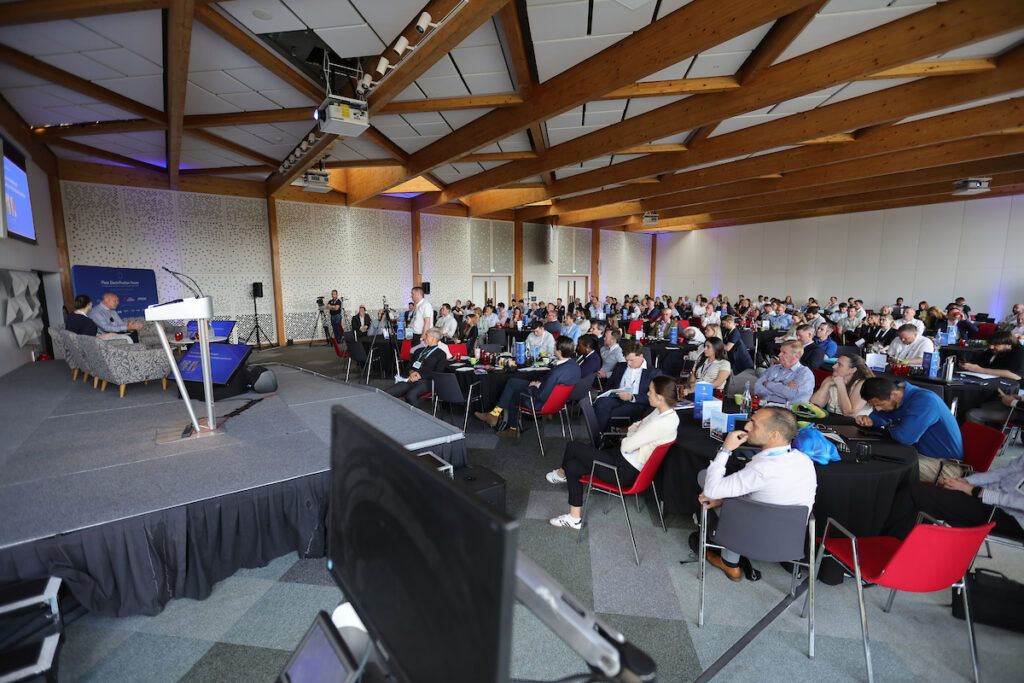Scottish and Southern Electricity Networks (SSEN) Distribution has published detailed reports setting out regional scenario forecasts for the adoption of low carbon technologies (LCTs) up to 2050. Decarbonisation of heat and transport will be essential to meet national net zero targets and forecasts of future demand will help ensure the electricity network is ready.
UK and Scottish Governments are implementing policies that support the rapid adoption of electric vehicles (EVs) and domestic heat pumps.
Alongside other LCTs such as solar PV and battery storage, this technological transition is expected to nearly treble electricity demand by 2050.
Published annually, SSEN’s Distribution Future Energy Scenarios (DFES) set out detailed local projections for the growth of energy generation, demand and storage technology in SSEN’s two distribution areas in the north of Scotland and central southern England, up to 2050.
The reports are undertaken by sustainable energy experts, Regen, using National Grid’s Future Energy Scenarios as a framework to forecast four potential outcomes.
The DFES support better network planning and are shared with local stakeholders to inform regional projects.
The key findings of this year’s reports are that by 2050 our networks must be ready for:
- nearly six million EVs
- 3.3 million heat pumps from a base of less than 47,000 today
- circa 2GW of distributed large-scale solar projects in southern England and approx 2GW of new distributed onshore wind capacity in the north of Scotland
- over 4GW of prospective battery storage projects of multiple scales applying to connect to the distribution network.
In addition to this, the DFES figures forecast an increased adoption of EVs, EV chargers, heat pumps and domestic rooftop PV, meaning the changes to SSEN networks over the next decade could be significant.
Andrew Roper, SSEN’s Distribution System Operation Director, said: “We have submitted proposals to Ofgem to invest nearly £4bn during the period 2023-28 and these reports are essential part of our decision-making toolkit. Regen’s work helps inform our flexibility and investment decisions to ensure we select the right areas and touch the network once on our journey net zero.
“I would like to thank all our regional stakeholders who fed into this work, sharing their expertise to ensure our projections are as accurate as possible. I look forward to sharing these reports with them so we can work together to support the communities we serve as they transition to a net zero future.”
Ray Arrell, Head of Technical Development at Regen, said: “Undertaking this year’s DFES analysis for SSEN’s licence areas has demonstrated the scale of the net zero transition at a regional and local level. The pipeline of prospective projects and new technologies seeking to connect to SSEN’s networks is amongst the biggest and most active we’ve seen to date.
“Looking out to 2050 our scenario analysis shows transformative changes in the scale and mixture of distributed energy generation, an accelerated rollout of low carbon technologies and a significant deployment of future disruptive technologies and sources of demand such as battery storage, hydrogen electrolysis and commercial-scale data centres.
“We are really pleased to have developed a set of credible regional scenarios, supported by significant stakeholder and local input, to ensure SSEN have as detailed a picture as they can to prepare their network for a net zero future.”
Image: courtesy SSEN








